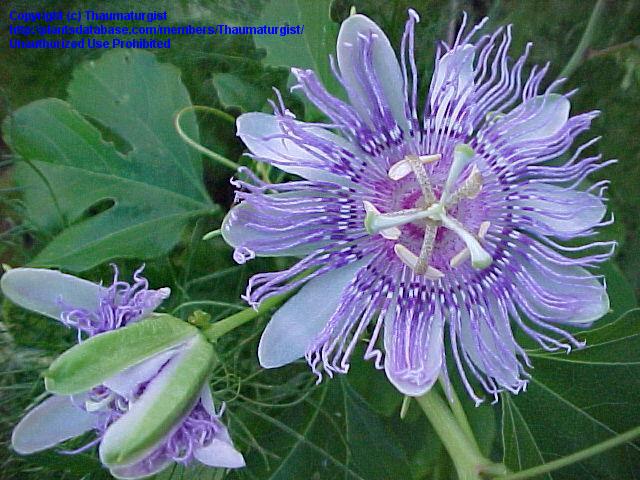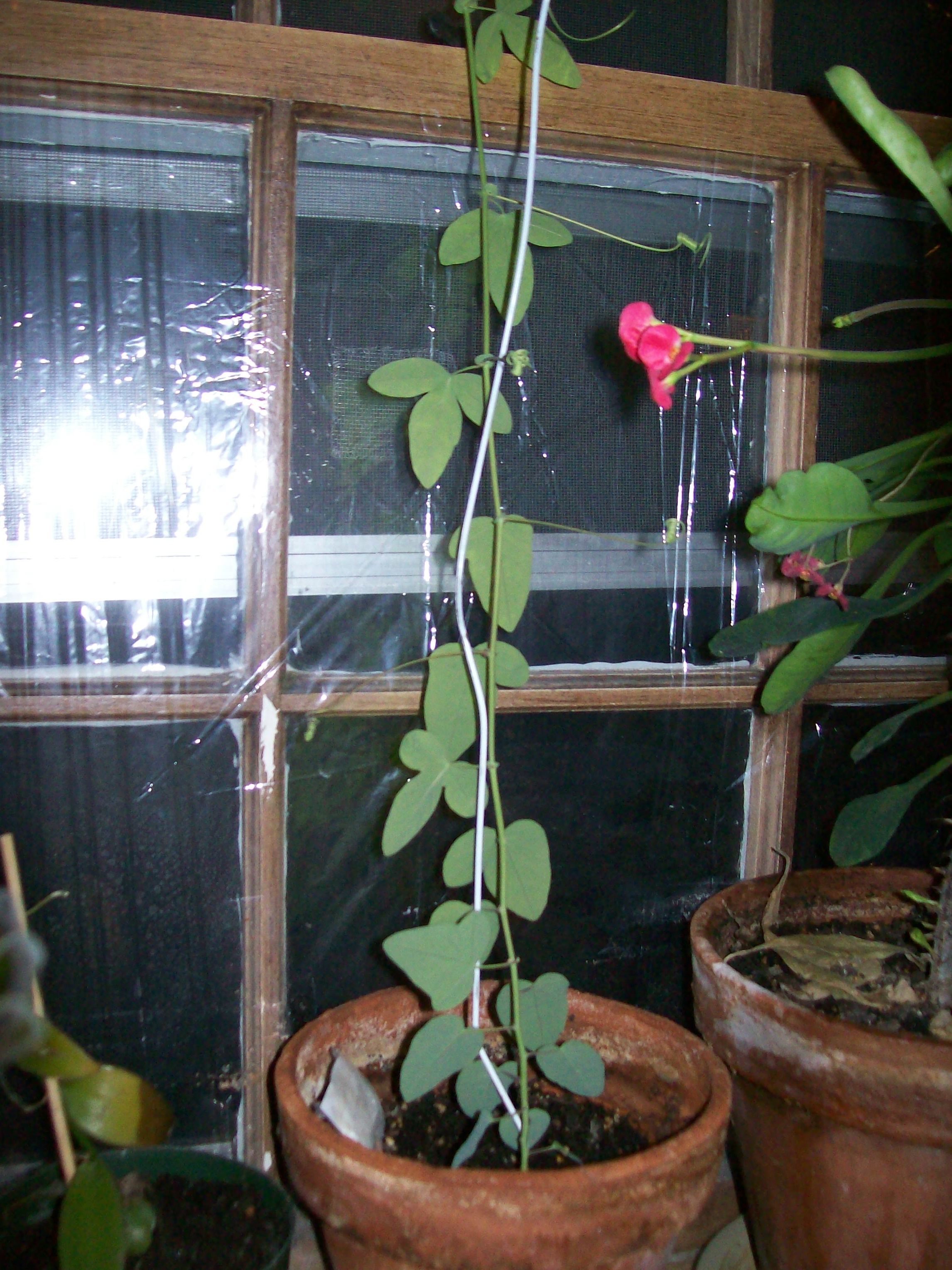My Purple Passion Flower

In the winter of 2008, I had a case of spring fever and decided to look on ebay for plants and seeds. One plant, that I really wanted was the passion flower, also known as “Passiflora”. This lovely plant grows like a vine and produces large violet and white flowers and its fruit are often associated with sexual passion. However, the "Passion" in "passion flower" did not have this origin, but refers instead to the passion of Yeshua the Messiah (Jesus). In the 15th and 16th centuries, Spanish believers saw in this plant symbols of the last days of Yeshua (Jesus) and His Crucifixion. The pointed tips of the leaves were taken to represent the spear that pierced Yeshua’s (Jesus’) side. The plants’ tendrils represent the whips used in the flagellation of Yeshua (Jesus). The ten petals symbolize the ten faithful disciples, omitting Peter, who denied Him and Judas, who betrayed Him (but thankfully Peter was later restored to His faith). The flower's radial filaments, which can number more than a hundred, represent the crown of thorns, that was placed on Yeshua’s (Jesus’) head. The blue and white colors of the flowers represent purity and heaven.
On ebay, I discovered that some passion flower seeds were being sold. Though I never had won an ebay auction, because someone always outbids me at the last moment, I placed my bid. To my amazement, it was the first ebay auction that I ever won (and so far, the only auction, I have ever won).
When the seeds arrived in the mail, I carefully planted half of them in proper soil, after reading on the internet about how to propagate passion flower seeds. After four months passed (the required time period for propagation) with no little passion flower seedlings, I planted the rest of the seeds. To my joy and amazement, one little passion flower seedling poked its way out of the soil and slowly developed the delicate green leaves.
Over several months, it grew to a foot in height, sending out tendrils to latch onto a solid object, because, after all, it is a vine. I did not want the passion flower plant to latch onto a nearby plant, because I knew that I might need to move the passion flower plant in the future and would not want to hurt the plant by untangling its tendrils. Therefore, I found a thin metal coat-hanger and bent it into a long, narrow straight rod and put it upright, in the pot, as a support for the plant. Surprisingly, the passion flower did derive support from this rod, but its little tendrils continue to seek other objects to anchor onto. Why would passion flower plants behave this way? Does it have an aversion to metal and seek plants for support?
Isn’t this how we can be sometimes, seeking support and comfort from sources that are not to our best interest? Like the plant, we avoid the true support and seek our own way. The One who knows the past, present and future has planned things with our best interest in mind, though we may not like it or understand now.
Here is a picture of my passion flower plant, which is only several months old:

- Login to post comments